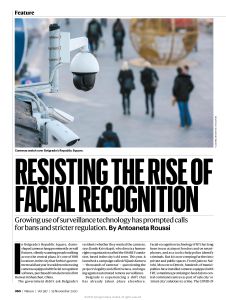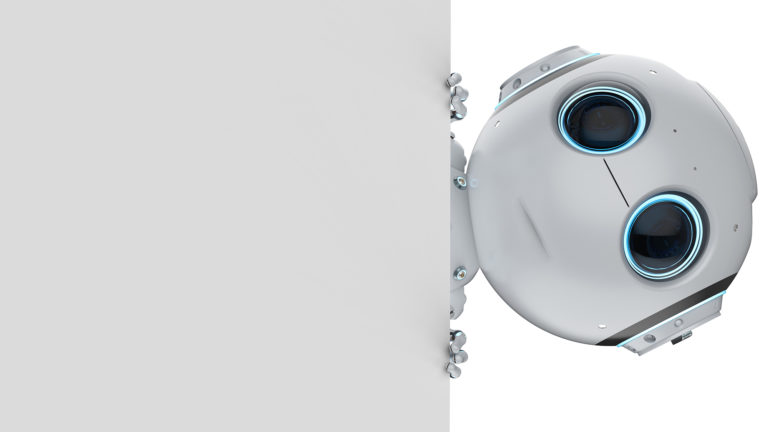Únase a getAbstract para acceder al resumen.

Únase a getAbstract para acceder al resumen.
Antoaneta Roussi and Richard Van Noorden
Resisting the Rise of Facial Recognition
Growing use of surveillance technology has prompted calls for bans and stricter regulation.
Nature, 2020
¿De qué se trata?
Facial recognition technology has the potential for both good and evil – and needs clear regulations.
Recommendation
Facial recognition technology (FRT) is used for smartphone security, passport control, police investigations and many other applications. As the rollout of FRT accelerates, regulations to control its application are playing catch-up – and are mostly insufficient to safeguard people’s privacy and freedom. Antoaneta Roussi and Richard Van Noorden’s article is a disconcerting and important read.
Summary
About the Authors
Antoaneta Roussi is a freelance journalist and writer based in Nairobi, Kenya. Additional reporting by Richard Van Noorden, a features editor at Nature Research.



















Comment on this summary